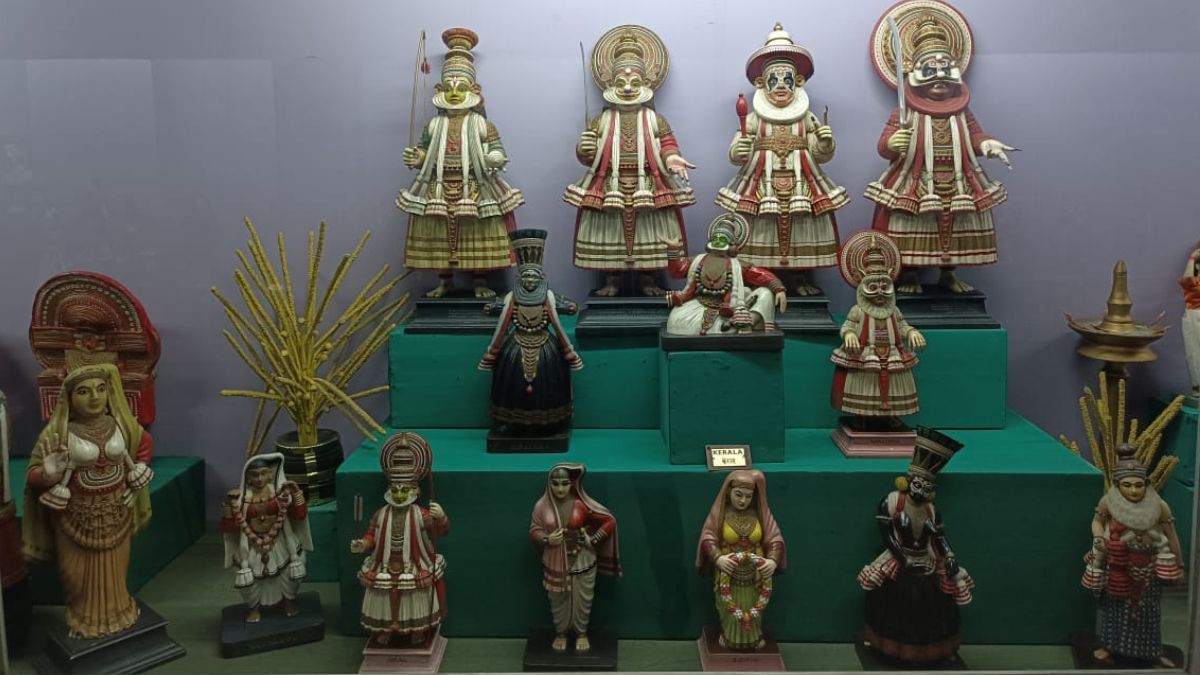Amid Labubu craze, Delhi's dolls museum weaves global stories in cotton and silk
 Shankar's International Dolls Museum houses over 6,500 dolls from 85 different countries
Shankar's International Dolls Museum houses over 6,500 dolls from 85 different countries
While artist Kasing Lung's Labubu dolls have taken the internet and non-internet world by storm, some not-so-monster-looking dolls continue to attract visitors at a museum located in the heart of Delhi. The brainchild of celebrated cartoonist Shankar, Shankar's International Dolls Museum houses over 6,500 dolls from 85 different countries, remaining a cultural treasure trove of craftsmanship.
The collection of dolls in this museum is unique as it showcases the different cultures from across the world, through get-ups and attire.
These are handmade, detailed, and often gifted by the other countries' embassies, making them both artistic and educational. Each doll shares a story about a place, turning the museum into a window into global traditions.
Stitched in cotton and silk: The soul of a nation
Exceptionally interesting is the museum's Indian section, which features dolls dressed in traditional attire as well as those depicting the Kathakali and Bharatanatyam dances. Every piece, from tiny turbans to silver jewellery and hand-woven saris, is handmade, frequently by traditional artisans, and not a single machine-made item is to be found. "Here, the dolls are not just for entertainment; they teach," explains a museum guide. "They tell the story of a country, its celebrations, traditions, unity, and diversity," the guide adds.
One of and for the history
Political cartoonist K Shankar Pillai founded the museum in 1965 with the goal of promoting cultural interaction and preserving traditional crafts. After Shankar began receiving dolls as gifts from all over the world, the project changed. It evolved from a private collection into a global archive of children's memories, cultural norms, and creative traditions. They also bear testimony to the Indian craftsmanship. And also, the very idea of a doll's museum is unique in itself, it remains all the more relevant in times like today when real dolls also offer opportunities for children to interact with various cultures and learn, and adults moments of calm.
Society